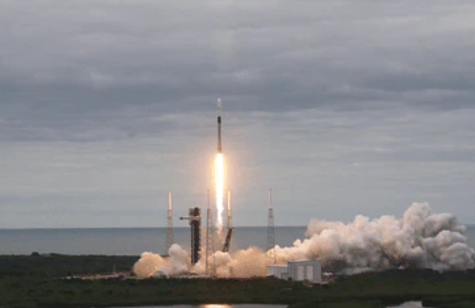SpaceX Launches GSAT-20 Satellite for India
Launch Details
The GSAT-20 satellite will be launched from Cape Canaveral, Florida. SpaceX’s Falcon 9 rocket will carry the satellite into orbit. This launch is a very important moment for ISRO, as it signifies a shift in their launch strategy.
Satellite Specifications
GSAT-20 weighs 4,700 kg, which exceeds the capacity of ISRO’s LVM-3 rocket, which can handle up to 4,000 kg. The satellite is equipped with a Ka-band high-throughput communications payload. It is designed to operate for 14 years.
Communication Services
Once operational, GSAT-20 will enhance internet access across remote areas in India. It will also provide in-flight internet services for airplanes. Recent regulatory changes have facilitated in-flight internet in Indian airspace, making this service possible.
The satellite will feature 32 user beams, which includes eight narrow spot beams and 24 wide spot beams. Hub stations across India will support these beams.
Commercial Partnership
This launch represents the first commercial partnership between ISRO and SpaceX. Historically, ISRO has relied on European launch services for heavy satellites. The decision to partner with SpaceX arose due to limited options from Arianespace and geopolitical tensions affecting other launch providers.
ISRO and SpaceX are also collaborating indirectly on sending an Indian astronaut to the International Space Station (ISS) in 2025. The astronaut, Group Captain Shubhanshu Shukla, will be transported using SpaceX’s Dragon spacecraft, denoting the growing ties between the two organisations.
Important Facts for Exams:
- GSAT-20: GSAT-20 is a communications satellite designed to enhance India’s internet capabilities. It features a Ka-band payload and has a mission lifespan of 14 years.
- LVM-3: LVM-3 is ISRO’s heaviest rocket. It can launch payloads up to 4,000 kg. GSAT-20 exceeds this weight hence the collaboration with SpaceX for its launch.
Month: Current Affairs - November, 2024
Category: Science & Technology Current Affairs


